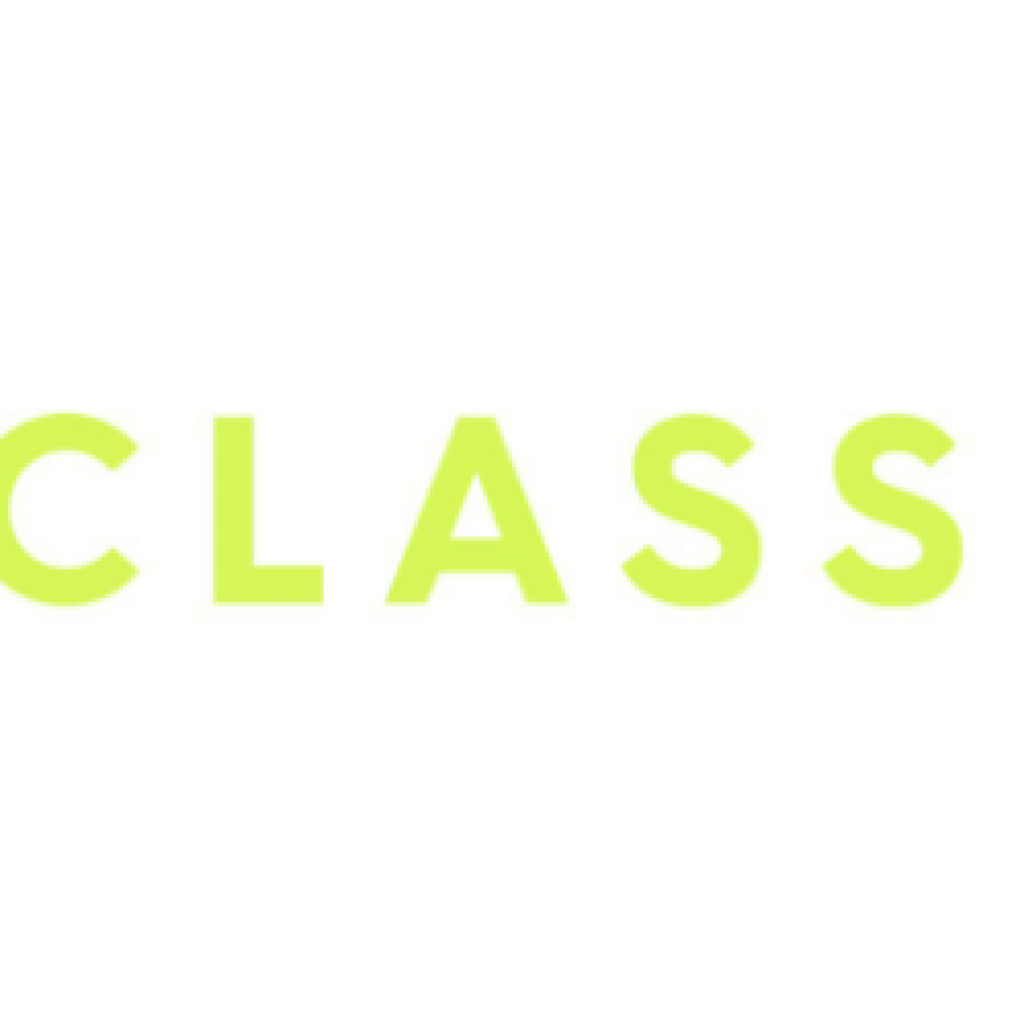During the recent IQT Fall conference, CEOs of two software firms, Classiq Technologies and Horizon Computing, talked on a panel about the rapidly rising need to bridge the gap between quickly maturing quantum computing hardware and the end users who want to leverage that hardware.
Bridging that gap requires one thing above all else: Better software.
This week, Classiq, which long has been calling for a revolution in quantum computing software, took its latest step in that direction with new capabilities for its quantum algorithm design platform. These capabilities enable users to take advantage of pre-built functional software blocks from which they can extend and integrate their own and proprietary intellectual property (IP) and custom functional models.
This will translate to an ability for users to complete quantum computing projects faster, as well as develop and package unique quantum IP for future use.
Yuval Boger, chief marketing officer at Classiq, told IQT News via email, “Companies want to get things done faster, but they also want to be able to protect and package their IP. Now, they can use pre-built functional blocks for a quick way to start, add their own proprietary knowledge without needing to expose it, and have the Classiq platform integrate it in a highly-optimized way. These building blocks can be shared with others in the organization, or just by another rung in the quantum ladder.”
A Classiq press release further explained, “Instead of expressing quantum circuits using a series of gate-level or building block connections, algorithm designers that use the Classiq platform write functional models, similar to the very successful approach used today in designing sophisticated computer chips. The Classiq Quantum Algorithm Design platform then examines the enormous implementation space to find an outcome that fits resource considerations, designer-supplied constraints and the target hardware platform.”
This approach should also help address the increasingly concerning quantum skills shortage by allowing more hands on deck to code, not only in end user organizations, but among their ecosystem partners. “By providing a coding method that focuses on the ‘what’ (what you want to achieve) instead of the ‘how’ (how to exactly code it using the quantum gates that are available on the target computer), we make quantum more accessible,” Boger said. “Now, you can be a finance, logistics, chemistry or other domain-specific expert and use our platform to make meaningful contributions to your company’s quantum efforts.”
Arriving in the shadow of IBM’s announcement this week that it had surmounted the 100-qubit barrier, Classiq’s news is arguably just as significant as IBM’s. “Software is just as important – perhaps even more important – than hardware,” Boger said. “While stronger and stronger hardware is appearing, the software development methods for quantum have not changed much in recent years. Most quantum software is still developed by stringing together gates and hard-coded building blocks. This might be good enough for 10 or 20 qubits but is getting to be too much work at 50 or 100 qubits. It’s difficult enough to convert a classical algorithm into a quantum equivalent, and if we continue to make developers jump through difficult hoops to code such algorithms, quantum progress could stall.”
